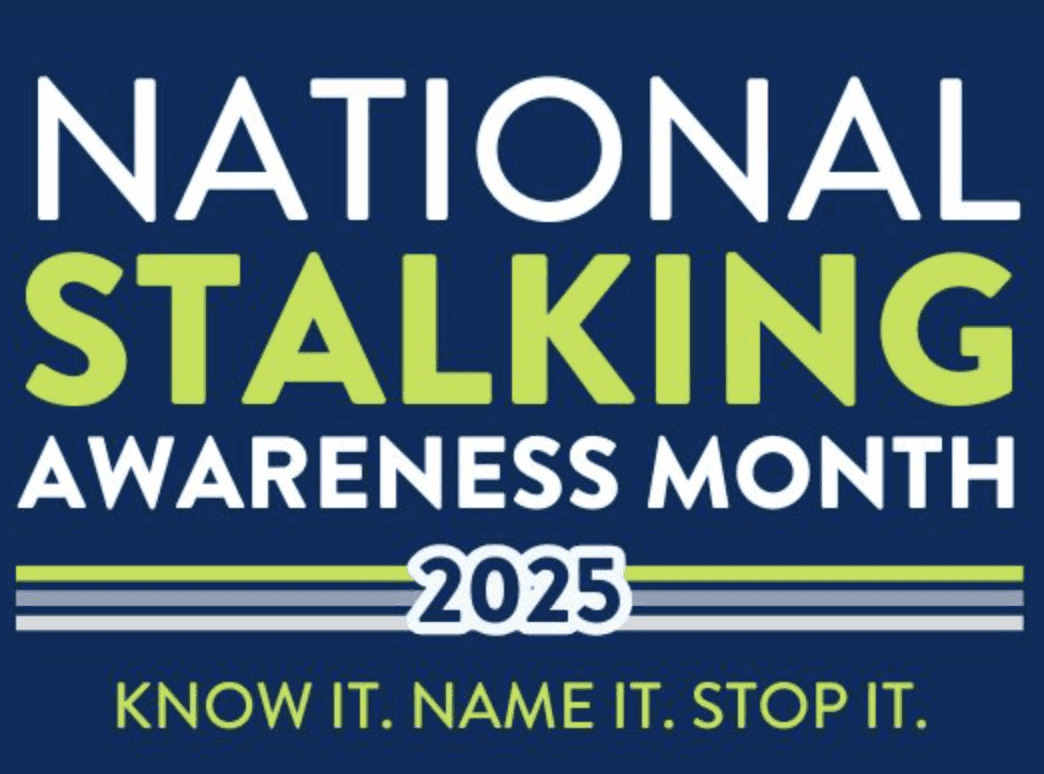The post-holiday season can produce a feeling of fullness and warmth — but not for all. For many, this time is often the darkest of the year as winter has settled in for a long, dreary stay.
Gray skies, cold temperatures and seemingly countless days until a glimpse of spring will arrive compound these similarly gray feelings. Seasonal affective disorder, a form of depression that affects four to six percent of Americans, occurs only in the winter months. Though many people experience a mild form of SAD, others have much more severe symptoms, particularly in the northern part of the country.
What’s more, a recent survey conducted by Harris Interactive has brought confirmation to many U.S. adults’ suspicions: winter blues are not a myth. Nearly two thirds of U.S. adults (64 percent) agree that they are usually in a better mood during the summer than the winter.
But before you pack your bags and head to Southern California, there are a variety of treatment options available both by prescription and in over-the-counter form. For those with serious forms of SAD, anti-depressants may be the answer to the winter blues. However, for those who prefer non-prescription treatment, there are a few options to consider, such as light therapy, which counteracts the lack of UV rays during the fall and winter months.
Some experts recommend healthy eating, exercise and maintaining the right balance of vitamins and minerals in your system to stimulate the body’s production of natural feel-good chemicals.
Additional findings from a survey, sponsored by Nature Made MoodPlus SAM-e, provide further insights into this gray season including:
• Stress increases: About half of U.S. adults say their stress levels increase approaching the holiday season (53 percent).
• Finding comfort helps: When adults’ moods are low, many try to lift their spirits by spending time with friends and/or family (57 percent), going out (51 percent), or exercising (43 percent).
• More women are affected than men: Nearly half of women (47 percent) said they often experience the blues during the winter months, compared with 39 percent of men.
What does this mean for Americans combating a case of the winter blues? Registered dietitian Deralee Scanlon suggests that the survey findings offer hope to those looking forward to a happier winter.
“It is encouraging to learn that about half of adults engage in healthy activities. While it may seem more difficult to stay active during the colder months, it is vital to our physical and mental well-being.”
For an extra boost, Deralee recommends incorporating a natural mood-lifting supplement to help lift low winter moods.
Deralee also advises eating mood-boosting foods during the season known for overeating: “Certain foods, like too much saturated fat, can lower mood, while super mood foods, such as fish rich in omega 3s, foods high in protein and leafy green vegetables, can help combat winter blues.”
Ultimately, Deralee encourages adults to make a personal goal to get plenty of exercise, eat a well-balanced diet full of fruits and vegetables, spend quality time with loved ones and try to get outdoors to make sure you are getting enough sunlight.
Deralee always recommends consulting with a health care professional first to develop a personalized strategy for combating low moods. For more mood-boosting tips, real life stories and information about vitamins and supplements, visit www.naturemade.com.
© 2007, Tribune Media Services



